Service hotline
+86 0755-83975897
Release date:2025-02-18Author source:KinghelmViews:589
The race to develop the next generation of semiconductor process nodes is heating up. With Intel’s 18A and TSMC’s N2 leading the way, these two technology giants are pushing the boundaries of what’s possible in chip fabrication. Both 18A and N2 represent a significant leap in semiconductor manufacturing, promising improvements in performance, efficiency, and power consumption. But what exactly do these process nodes bring to the table, and how do they compare? In this article, we will take a deep dive into both technologies and explore the future of semiconductor innovation.
Intel’s 18A (the "A" stands for Angstrom, marking a step forward from Intel's previous nodes) is set to be a major milestone in the company’s efforts to regain leadership in semiconductor manufacturing. Expected to arrive in 2024, Intel’s 18A will be the company’s first Angstrom-scale process, continuing the trend of reducing transistor sizes to increase performance while lowering power consumption.
Intel’s 18A will bring several new innovations, including:
Advanced FinFET technology: Intel’s 18A will use improved FinFETs to enhance performance and energy efficiency, crucial for high-performance computing and mobile devices.
Reduced power consumption: The node is expected to significantly cut down on power usage while boosting performance, a key factor in making modern chips more efficient.
Improved transistor density: The reduction in transistor size will allow for more cores and higher integration, providing more computational power for a variety of applications.
On the other hand, TSMC’s N2 process node is set to challenge Intel’s 18A with its own Angstrom-level technology. N2 is expected to be released in 2025 and will be a crucial step in TSMC’s plan to stay ahead of competitors in the semiconductor space. N2 is the successor to TSMC’s 3nm (N3) process and promises even greater performance and efficiency improvements.
Key innovations in TSMC’s N2 process include:
Gate-All-Around (GAA) transistor architecture: Unlike traditional FinFETs, the N2 node will implement GAA technology, which improves transistor performance by allowing better control over current flow.
Higher transistor density: Similar to Intel’s 18A, N2 is expected to offer significant improvements in transistor density, enabling TSMC to produce even more powerful chips for cutting-edge applications like AI and 5G.
Superior power efficiency: By leveraging advanced materials and design techniques, N2 promises to deliver reduced power consumption, essential for energy-sensitive applications like smartphones and servers.
While both Intel’s 18A and TSMC’s N2 are cutting-edge process nodes, there are key differences in the technology, architecture, and timelines for their release:
Transistor Architecture: Intel’s 18A will continue to use its established FinFET technology, whereas TSMC’s N2 will adopt the newer GAA transistor design. GAA is expected to outperform FinFET in terms of energy efficiency and scaling.
Manufacturing Timelines: Intel plans to release 18A in 2024, while TSMC’s N2 is expected to arrive a year later in 2025. This gives Intel a slight edge in the race to bring Angstrom-level nodes to production.
Performance and Power Efficiency: Both nodes will focus on increasing performance while reducing power consumption. Intel’s 18A promises significant improvements, but TSMC’s N2 might have the edge due to its adoption of GAA technology, which is anticipated to offer better energy control.
The introduction of these next-gen process nodes will have profound implications for the semiconductor industry. For starters, both Intel and TSMC’s advancements will enable the development of more powerful, efficient chips for a wide range of devices, from smartphones and laptops to advanced AI and machine learning systems. As companies continue to push the limits of what’s possible with these advanced nodes, we can expect a host of new innovations in consumer electronics, high-performance computing, and more.
It’s difficult to say which of these two next-generation process nodes will emerge as the clear leader. Both Intel and TSMC have decades of experience in semiconductor manufacturing, and their respective innovations—18A and N2—are poised to set new benchmarks for the industry.
Intel has been focusing heavily on reclaiming its position in the semiconductor race, with 18A being one of the company’s most important innovations in years. However, TSMC’s N2, with its GAA architecture, could potentially offer better overall performance and efficiency, making it a strong contender in the race for dominance in the AI, mobile, and consumer electronics markets.
Both Intel’s 18A and TSMC’s N2 are set to revolutionize semiconductor technology with their respective innovations. While the two companies have different approaches—Intel with FinFET and TSMC with GAA—their advancements will lead to faster, more efficient, and more powerful chips for a wide range of applications. As both nodes near their release dates, industry watchers are eagerly awaiting to see which technology will emerge as the dominant force in the next era of chip manufacturing.
Stay tuned for more updates as these exciting advancements unfold and reshape the future of computing.
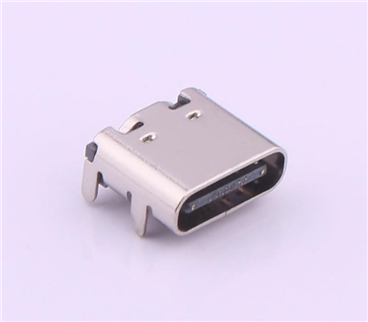
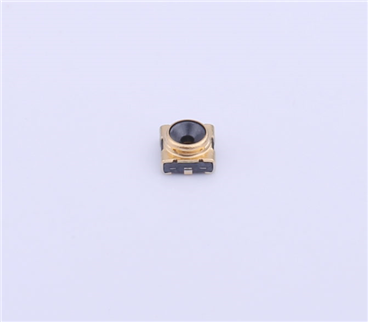
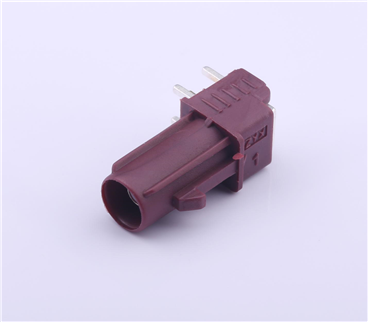
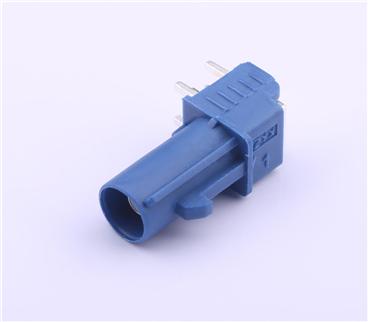
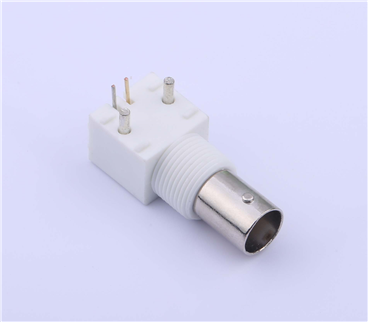
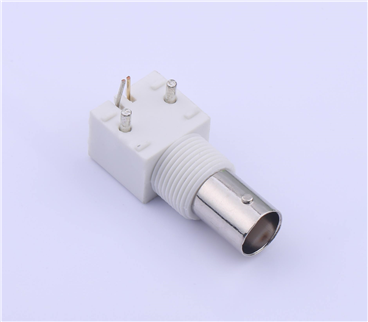
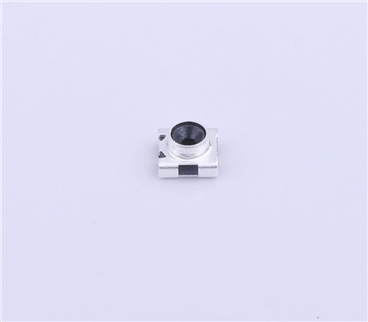
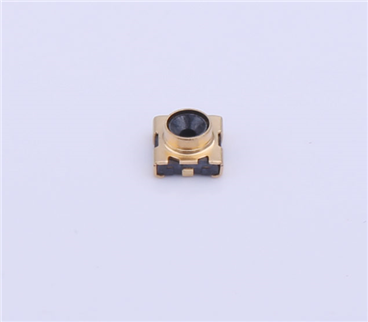
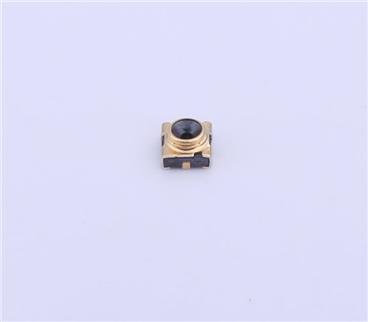
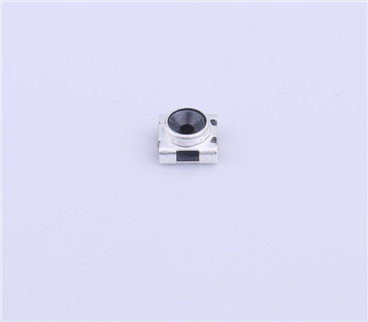
Copyright © Shenzhen Kinghelm Electronics Co., Ltd. all rights reservedYue ICP Bei No. 17113853